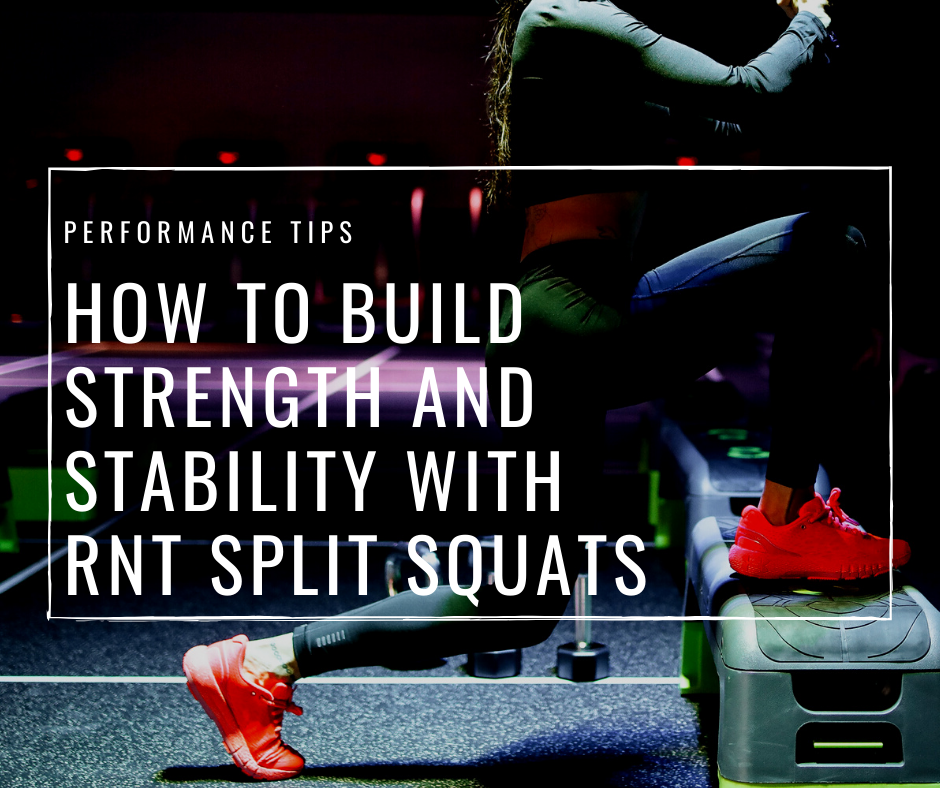Eight Running Tips Beginners Can Really Use
Since the weather's become milder here in Toronto, I've programmed a whole lot more running into clients' workouts at my gym, Quantum CrossFit. While running can feel energising and freeing, a lot of people don't feel super confident in their running technique. That's why I've been thinking a lot lately about running tips beginners can really use to improve their stamina, speed, and enjoyment of running.
This Saturday (May 27, 2017) I'll be leading a special Running Technique Workshop aimed at anyone who wants to learn to run better (total novices are most welcome!) It'll take place at my gym, Quantum CrossFit, in East Toronto, and tickets cost $45. For more information, and to reserve one of the few remaining spots, click over here.
Since I've got running on the brain, here's some running advice for beginners...
8 Running Tips Beginners Can Really Use
1 | Running is a skill. If you don't practice regularly and with intent, you won't improve.
2 | You need to go faster to get faster. If all you do is train at slow speeds, you'll stay slow. That's not to say that there won't be some periods in your training where you'll do mainly slow, steady base work. But if you want to improve, this needs to be mixed with more intensive workouts, depending on your goal and needs. For most runners, 2-3 hard workouts per week is sufficient most of the time.
3 | But running slow does have benefits. If you want to build your aerobic capacity, running slow is a must. Evidence for this comes from any and every endurance sport - swimming, cross-country skiing, running, cycling, etc.
For those coming from a CrossFit background, for example, the slow workouts will not feel like work at all. You should be able to breath through your nose for this type of training. But the adaptations you get on the aerobic system will help you at higher speeds. Most high level endurance athletes spend about 80% of their training time doing this type of training (the exact percentage has to do with how long their event is, how close or far from competition they are, and how much work they need on their aerobic or anaerobic systems.
4 | Running should feel similar to skipping. The legs spin under the upper body as it stays fairly relaxed. Watch Eliud Kipchoge and Carl Lewis. Even though one is a marathon runner and one is a sprinter, they both move similarly.
5 | Here are some specific running techniques to pay attention to... When it comes to technique and improved running efficiency, we know that less up and down oscillation is better, less breaking forces are better (this has to do with how far in front of your body your foot lands and if you strike with the heel or forefoot), and a near vertical angle of the lower leg at ground contact is better. These are things you can work on to improve your running technique.
6 | Remember that some great runners just defy logic. Despite the fact that there is such a thing as good technique and bad technique, there will always be outliers who can perform exceptionally well with unconventional (generally considered bad) technique.
Priscah Jeptoo is a classic modern example. Her knees collapse in terribly, but she also won silver in the marathon at the 2011 World Championships and the 2012 Olympics. It's hard to argue with her success.
7 | If you want to run fast you'll need to pick short distances and take plenty of rest! Read more general guidelines in my article on how to train to run faster here.
8 | Give your body time to adapt to change. If you change your running technique, you need to back your training off and slowly ramp up again. A new technique will change the distribution of loading and stress on your muscles. If you move from a heel strike to a forefoot strike, your the muscles of your feet and lower leg will be under more strain and will need time to adapt. If you rush this phase, there's a good chance you'll develop an overuse injury.
DID YOU LIKE THIS POST? SHARE IT!











